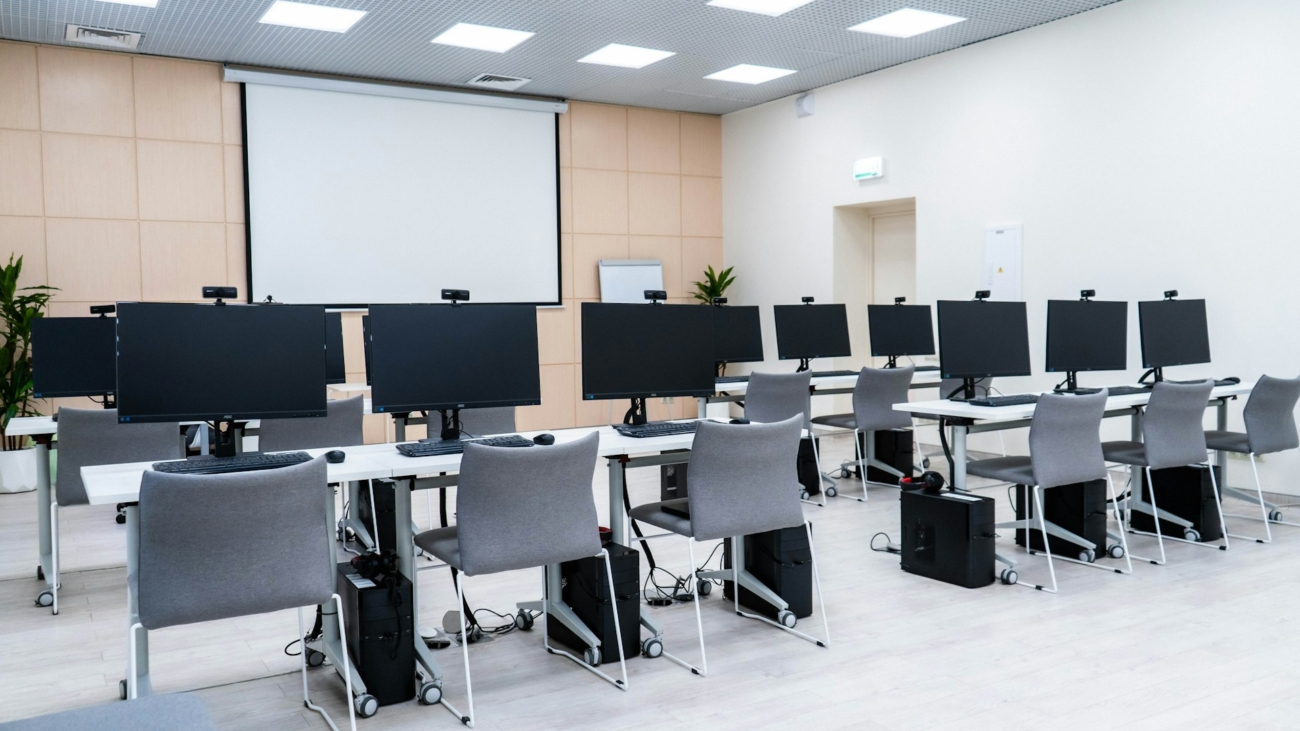Education is widely recognized as a fundamental driver of economic mobility, offering individuals the tools and opportunities to improve their socio-economic status. In India, a nation marked by significant socio-economic diversity, the role of education in facilitating upward mobility is both critical and complex. While education has the potential to bridge economic disparities and create a more equitable society, various barriers hinder its effectiveness in this regard. This article explores the intricate relationship between education and economic mobility in India, identifying key obstacles and proposing policy measures to enhance the role of education in promoting upward mobility.
Despite numerous initiatives aimed at improving access to education, deep-rooted challenges persist, limiting the transformative power of education for many Indians. Socio-economic disparities, language barriers, inadequate early childhood education, a mismatch between higher education and job market requirements, and gender disparities continue to impede progress. Addressing these issues requires a multifaceted approach, involving targeted policies and reforms that cater to the diverse needs of India’s population. By delving into these barriers and potential solutions, this article aims to shed light on the path towards a more inclusive and economically mobile society through education.
Socio-Economic Disparities in Access to Quality Education
One of the primary barriers to economic mobility in India is the socio-economic disparity in access to quality education. Students from low-income families and rural areas often face significant obstacles, including inadequate infrastructure, limited educational resources, and a shortage of qualified teachers. These disparities result in a substantial gap in educational outcomes, which in turn affects economic opportunities. To address this, targeted funding, scholarships, and infrastructure development in underprivileged areas are essential. Enhancing access to quality education for all socio-economic groups can help level the playing field and promote upward mobility.
The Role of Language and Medium of Instruction in Economic Mobility
Language plays a crucial role in shaping educational outcomes and economic mobility. In India, the dominance of regional languages in primary education and the lack of proficiency in English can limit higher education and employment opportunities. This language barrier often places students from non-English speaking backgrounds at a disadvantage in the competitive job market. Policies promoting bilingual education and comprehensive English language training from an early age can mitigate these challenges, enabling students to access a broader range of opportunities and enhancing their economic mobility.
Impact of Early Childhood Education on Long-Term Economic Mobility
Early childhood education is a pivotal factor in determining long-term economic mobility. Quality early learning experiences lay the foundation for future academic success and cognitive development. However, access to quality early childhood education remains limited, particularly for low-income families. Public investment in early childhood education programs and subsidies to make these programs accessible can have far-reaching benefits. By ensuring that all children receive a strong educational foundation, we can significantly improve their chances of economic mobility and success in later life.
Higher Education and Skill Mismatch in the Job Market
The disconnect between higher education curricula and the requirements of the job market is another significant barrier to economic mobility in India. Graduates often find themselves equipped with theoretical knowledge but lacking the practical skills needed by employers. This skill mismatch hampers their employability and career progression. Reforms that align higher education programs with industry needs, such as incorporating internships, vocational training, and continuous curriculum updates, are crucial. Strengthening industry-academia collaboration can ensure that graduates are better prepared for the workforce, thereby enhancing their economic mobility.
Gender Disparities in Education and Economic Mobility
Gender disparities in education remain a critical issue affecting economic mobility in India. Cultural, social, and economic barriers often restrict women’s access to education and career advancement. Early marriage, gender biases, and limited career opportunities for women contribute to this disparity. Policies promoting gender equality in education, such as scholarships for girls, awareness campaigns, and the creation of safe educational environments, are essential to encourage female participation in higher education and the workforce. By addressing gender disparities, we can ensure that women have equal opportunities to achieve economic mobility.
Conclusion
Addressing the barriers to economic mobility through education in India requires a comprehensive and nuanced approach. Socio-economic disparities, language barriers, inadequate early childhood education, skill mismatches, and gender disparities each present unique challenges that demand targeted solutions. By implementing policies that promote equitable access to quality education, enhance language proficiency, invest in early childhood education, align higher education with market needs, and ensure gender equality, we can create a more inclusive and economically mobile society.
The path to economic mobility through education is fraught with challenges, but it is also filled with opportunities for transformative change. As India continues to evolve, the role of education in shaping economic outcomes cannot be overstated. By recognizing and addressing the barriers that hinder educational and economic progress, policymakers can unlock the potential of education to drive economic mobility, foster social equity, and build a prosperous future for all.


Leave A Comment